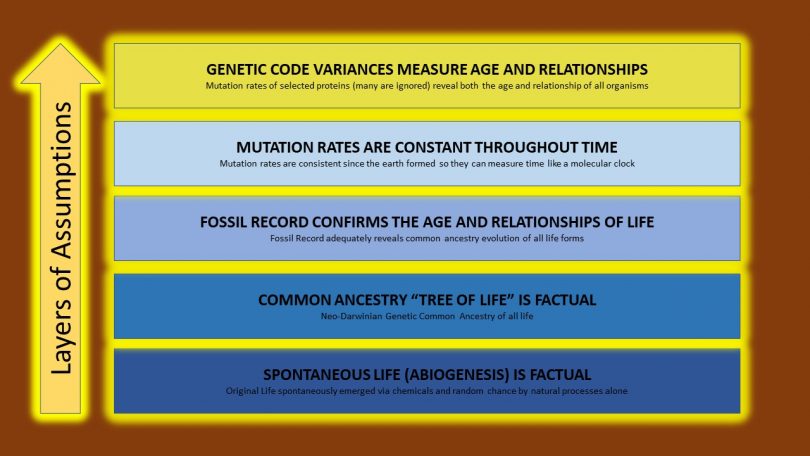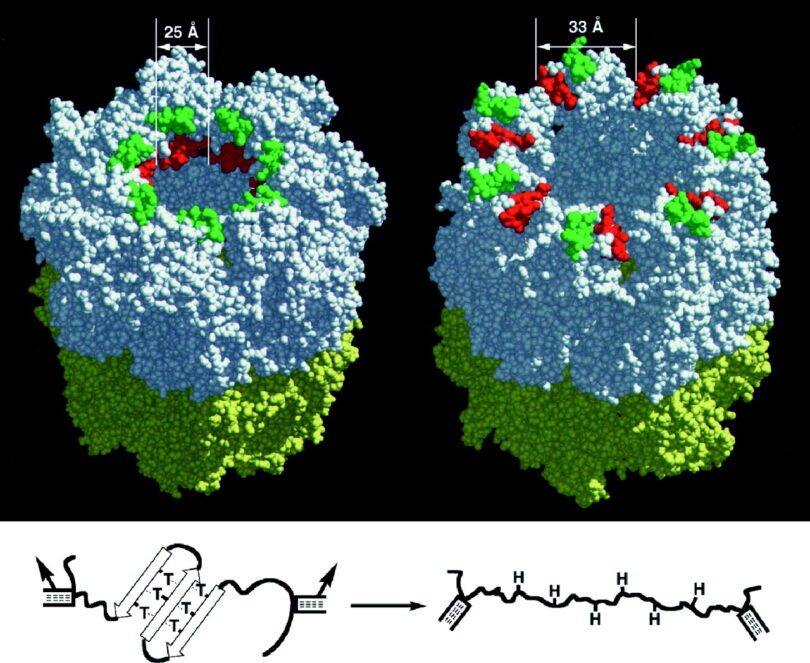Molecular Clocks are proposed as a solution to calculate the genetic “distance” of all living organisms. These Molecular Clocks are subjectively constructed on many layers of assumptions. Experts in this field have rendered a wide range of estimates regarding the proposed age of first life on earth. This range is so vast they vary by as little as 100 million years to as much as 1.5 billion years!1 Therefore, as we shall see, it is the starting assumptions of these computer models and not facts that differentiate the competing conclusions.
Molecular clocks are hypothesized upon at least three assumptions: (1) Abiogenesis, (2) a reliance on a non-existent fossil record (early Precambrian called a “deep divergence hypothesis”), and (3) genetic assumptions regarding protein differentiation.
In our main diagram the first three assumptions are mainstays for naturalism, they literally are assumed as factual despite being fraught with problems (see end of this blog). They are assumed true as gravity itself. It is the two assumptions (shown at the top of the diagram) that drive the variance and ultimately the range of conclusions from competing models. These variables are (1) constant mutation rates and (2) genetic code differences equate to divergence points and the passage of time. Simply, mutations drive the variety of living organisms and have occurred at a constant rate throughout time since life first spontaneously emerged on earth.
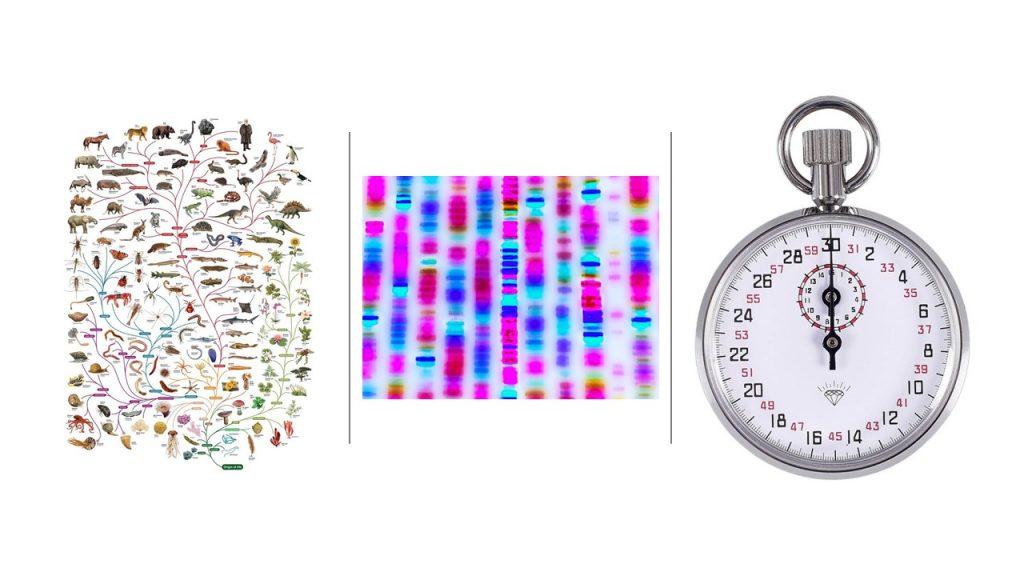
Scientific computer models find a variance of results based on which protein sequence is selected in the study. Therefore, scientists first determine which gene (protein sequence) they wish to use, then, any changes in the genetic sequences are assumed to have occurred by the mechanisms of mutation.

Genetic variance of DNA code, work like a molecular clock, measuring the time distance since the last divergence. The greater the genetic letter differences, the greater the time since the organisms are presumed to have split (diverged).
Within living organisms there are many comparable proteins (gene sequences). Some have radical genetic differences while others have surprisingly few differences. It is precisely which protein that the scientists selects for their model that will ultimately drive or calibrate their molecular clock.
“The rate of molecular evolution can vary considerably among different organisms, challenging the concept of the “molecular clock.” 1
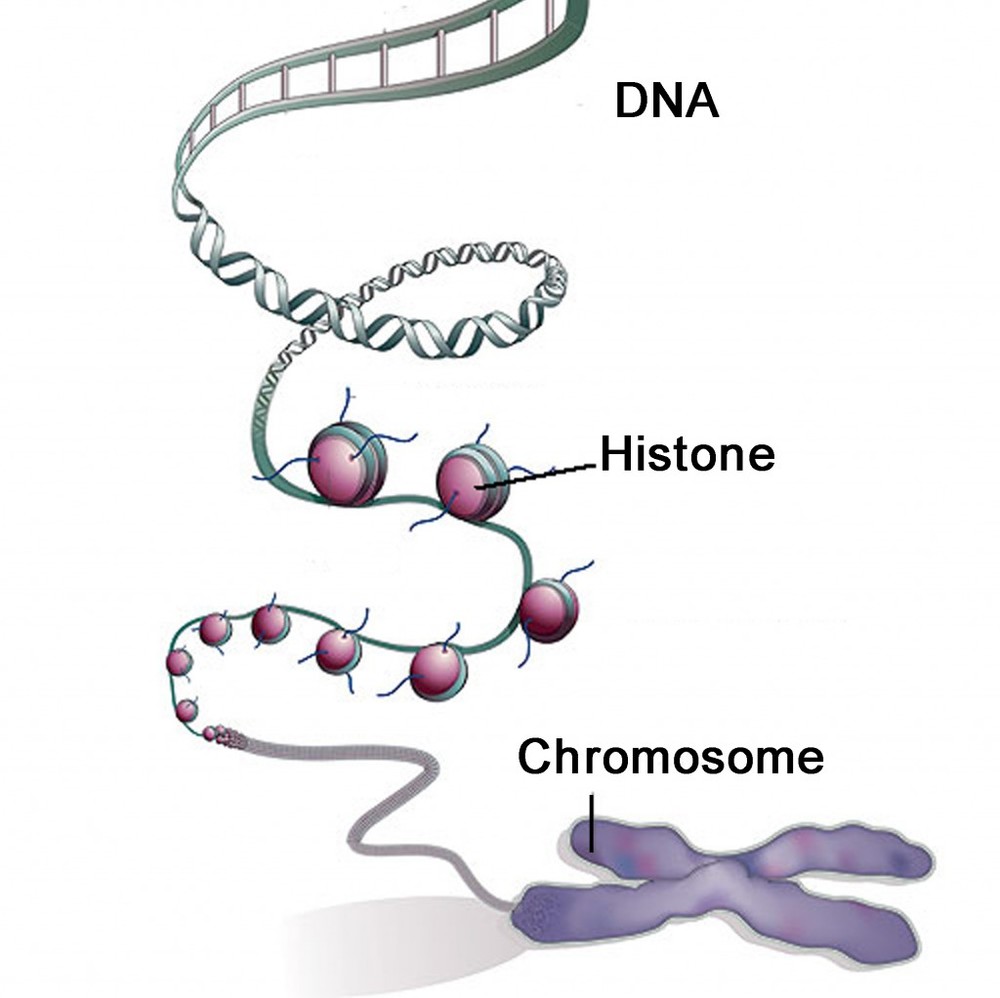
Histones are proteins within DNA that are found within all living organisms from bacteria to mankind. The existence of proteins before DNA is paradoxical. DNA chains are wrapped in bundles called chromosomes. DNA strands are wrapped around histone proteins. It seems, if a universal protein were sought, if any protein would be the very best candidate, it would be histones. However, histones are never used in models because they exhibit very few differences (or mutations) between species. Therefore, histones offer very little change and indicate a very recent divergence of species which cannot be true because evolution requires billions of years.
“…small differences between histones yield an extremely recent divergence, contrary to other studies.” 2
Therefore, evolutionary biologists exclude histones from consideration.
“Histones are not used for molecular clocks “because they…do not confirm preconceived ideas about how the Precambrian tree of life ought to look like.” 2
The DNA informational code offers scientists many genes “packets” to chose from. The scientist, therefore, subjectively selects which protein sequence best fits their preconceived assumptions based on the assumption of the age of the organism. Such experimentation clearly begs the question: The data is calibrated to validate the assumed passage of time which the molecular clock is proposed to establish.3
“…the idea that there is a universal molecular clock ticking away have long since been discredited.” 4
The assumptions used to construct Darwin’s genetic tree of life requires assumptions regarding the ages of fossils, relationships of organisms such as dinosaurs, birds, and mammals. With each new branch of divergent linage, more and more assumptions accumulate. Additionally, the genes selected between branches are kept within anticipated time lines. If one gene results in either too short (or too long) of time then a new target gene is selected by the researcher for the model. The researcher intelligently hand selects each branch to compile a cut and paste collage that resembles drawings already adorning textbooks. In the end, the entire model is but a card house of assumptions. Each divergence offering no new insight, no new revelation, no new physical evidence beyond that which was subjectively hand selected by the researchers to begin with.
More cracks in the foundation
For more arguments against assumptions used to establish molecular clocks see Paradoxes of Abiogenesis, Common Ancestry missing links called the artifact hypothesis (why they are missing), and Darwin’s Missing Fossils.
Genetic clocks largely ignore many “problems” for evolution because they can claim they do not need physical evidence such as transitional fossils in light of modern genetics. In the fossil record, they feel they can ignore the sudden emergence of complex life forms found in the Cambrian lacking most all transitional forms (missing links), while overlooking the limited quantity of fossils which Darwin himself thought was the primary weakness of his theory.
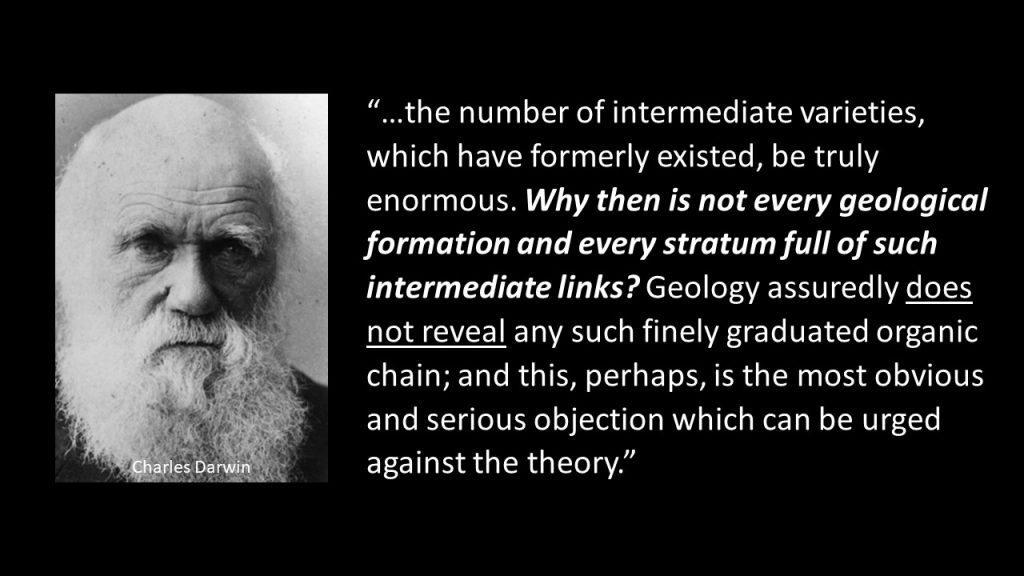
Scientists largely have also abandoned the original concept Darwin built his entire theory upon: atomically similarity indicates common ancestry and recent divergence of species. His simple idea was atomically similar animals are related as evidenced by visible physical characteristics (no genetics of microscopes required). Genetics has revealed that many organisms do share similarities while many animals also have strange looking relatives which seem to be more like anatomical strangers then relatives. A few examples include the horseshoe crab and spiders or humans and kangaroos.5 Also, genetics have revealed other surprises, the total genome size of species does not translate “simple” life from “complex” life as expected. “Molecules to Man” evolution puts bacteria on the bottom and mankind at the top, but it is flowering plants (and not humans) which have the largest genomes.
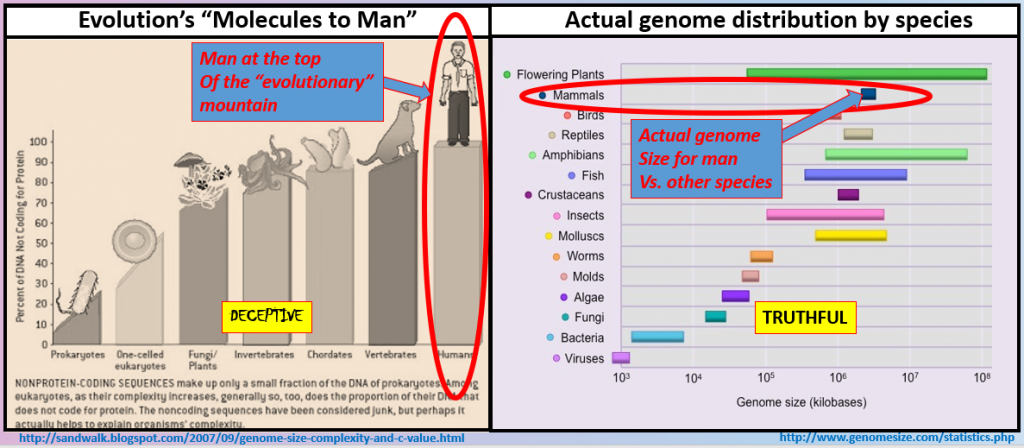
1 “Accuracy of rate estimation using relaxed clock models…” by Ho et. al., Article in Molecular Biology and Evolution, page 1355
2 “Darwin’s Doubt” by Stephen C Meyer; 2013; pg. 106
3 “Darwin’s Doubt” by Stephen C Meyer; 2013; pages 109-111
4 “Dating the Time and Origin of Major Clades” Smith & Peterson pg. 73
5 “10 Pairs Of Animals You Won’t Believe Are Related” by Jana Louise Smith, ListVerse Apr 2019 https://listverse.com/2015/06/11/10-pairs-of-animals-you-wont-believe-are-related/

